Microlino 2.0 launches with three battery options
Micro Mobility Systems presented the series Microlino 2.0 at the IAA Mobility. The light electric vehicle will be available in the three editions Urban, Dolce and Competizione and with three battery versions for a range of 95, 175 and 230 kilometres respectively. Production is set to start this year.
Six years after the start of development, Micro Mobility Systems is now showing the series version of its small L7e-class e-two-seater in Munich. The decisive factor for the long time span: after the Swiss car developer parted ways with its former production partner in 2019, it revised the model once again from the ground up. The model designation Microlino 2.0, which explicitly serves to differentiate it from its predecessor, also stands for this. “After several years of development and more challenges than initially thought, we are proud to finally present the series version of the Microlino,” says company boss Wim Ouboter.
After Micro Mobility published an update on the latest near-production version of the small electric car in June, a large part of the technical data sheet is now available for the IAA. According to this, the 435-kilogram Microlino (weight without battery) has an electric motor with a nominal output of 12.5 kW, a peak output of 19 kW and a torque of 118 Nm on board. This should allow up to 90 km/h. The company claims a sprint from a standstill to 50 metres in five seconds.
The lithium-ion battery installed in the Microlino 2.0 is available in two chemical versions: with nickel-manganese-cobalt (NMC) or nickel-cobalt-aluminium (NCA). In terms of energy content, there is a choice of 6, 10.5 or 14 kWh, with the large battery not due to be available until July 2022. Which of the battery sizes will be combined with which chemistry is not clear from the Swiss announcement. There is also no precise information on the charging performance, only on the charging time: according to this, AC charging should take four hours for the small and large battery and three hours for the medium battery. From this we can already conclude that not all three battery versions work with the same charging power and that the two larger batteries charge faster relative to their energy content. Regarding the ranges of 95, 175 and 230 kilometres, the Ouboter family notes that these are provisional figures, i.e. homologation is still pending.
Compared to the predecessor Microlino, Micro Mobility points to an increased peak power (from 12 to 19 kW), a 10 percent higher energy efficiency and independent wheel suspensions instead of the previously used push-rod suspension at the front and rigid axle at the rear. The boot capacity is 230 litres. “I am proud that we have been able to deliver on our promises. The vehicle has significantly better handling and more comfort than the Microlino 1.0,” says Chief Technology Officer Peter Müller. And: the Microlino will be the first vehicle in its class with a self-supporting body.
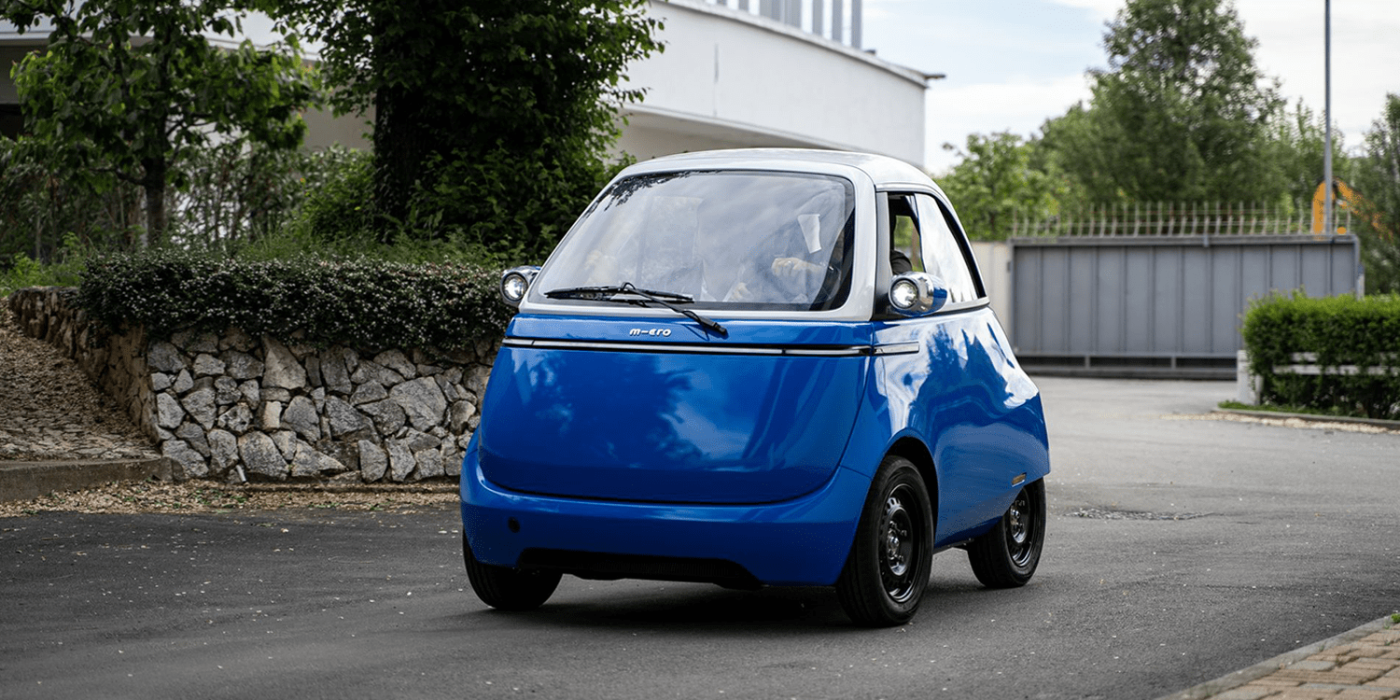
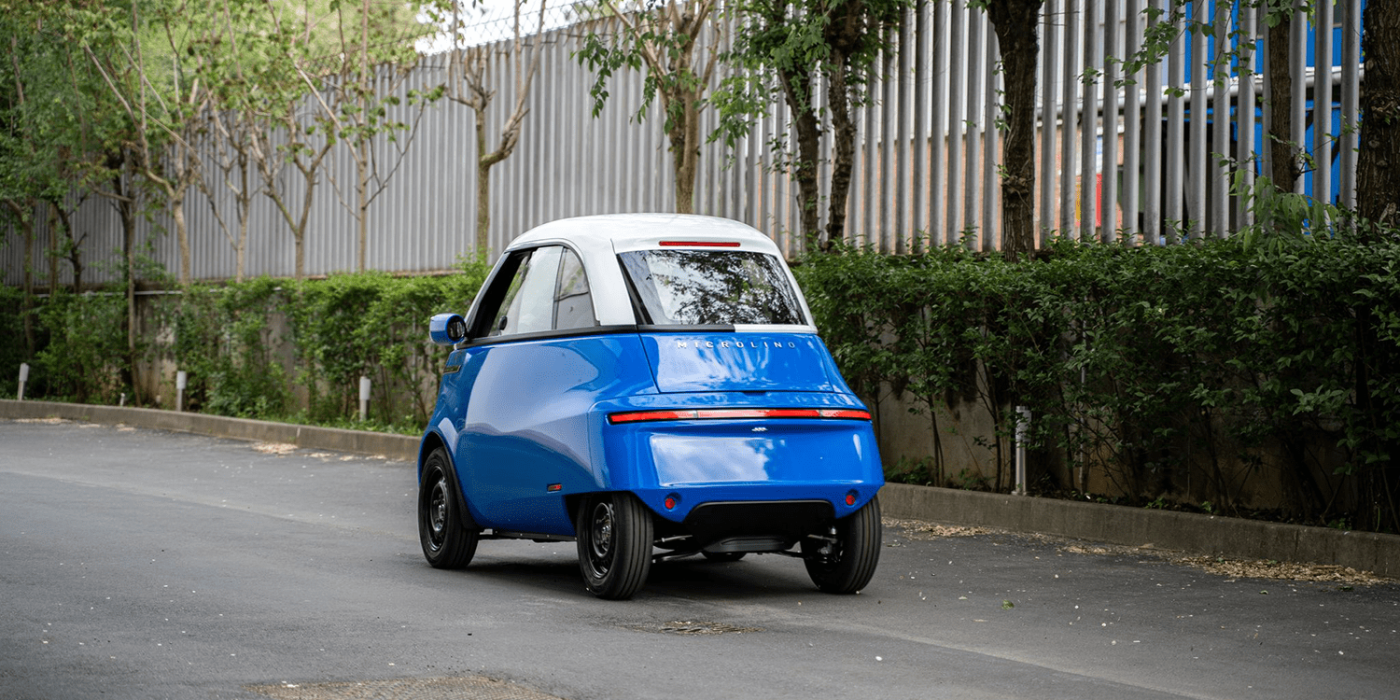
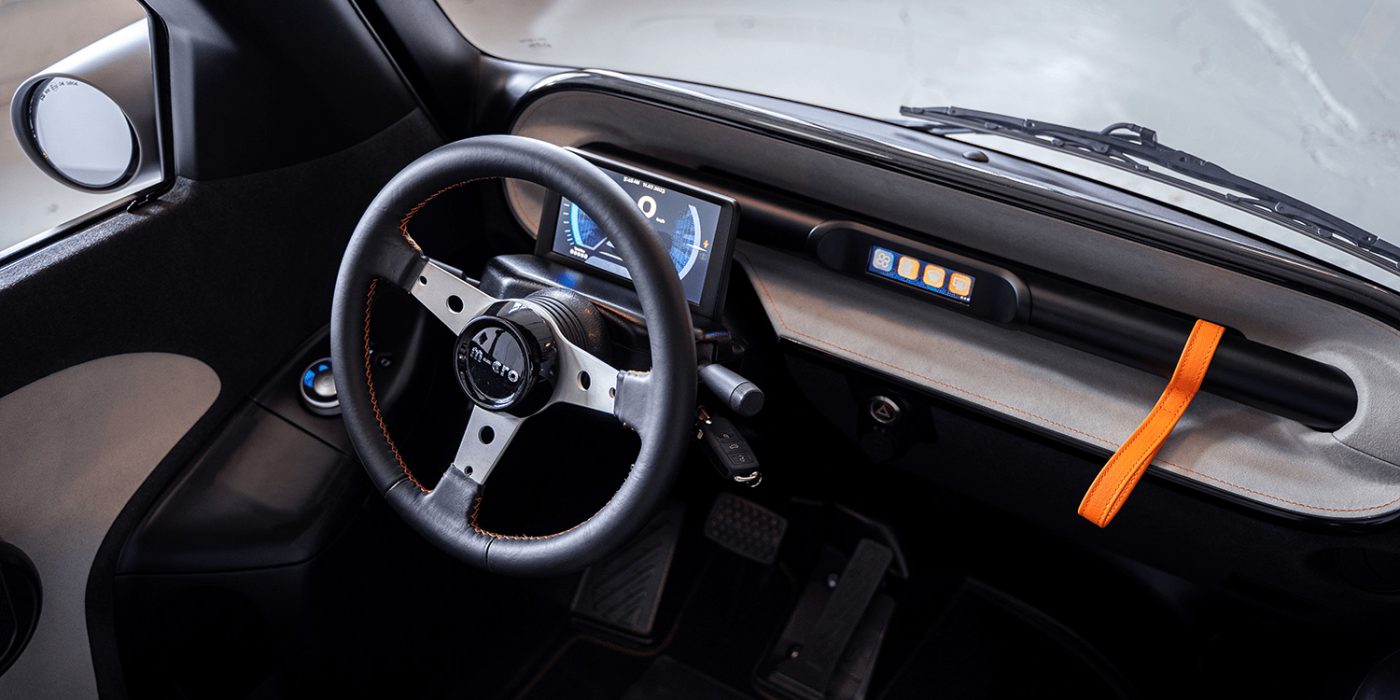
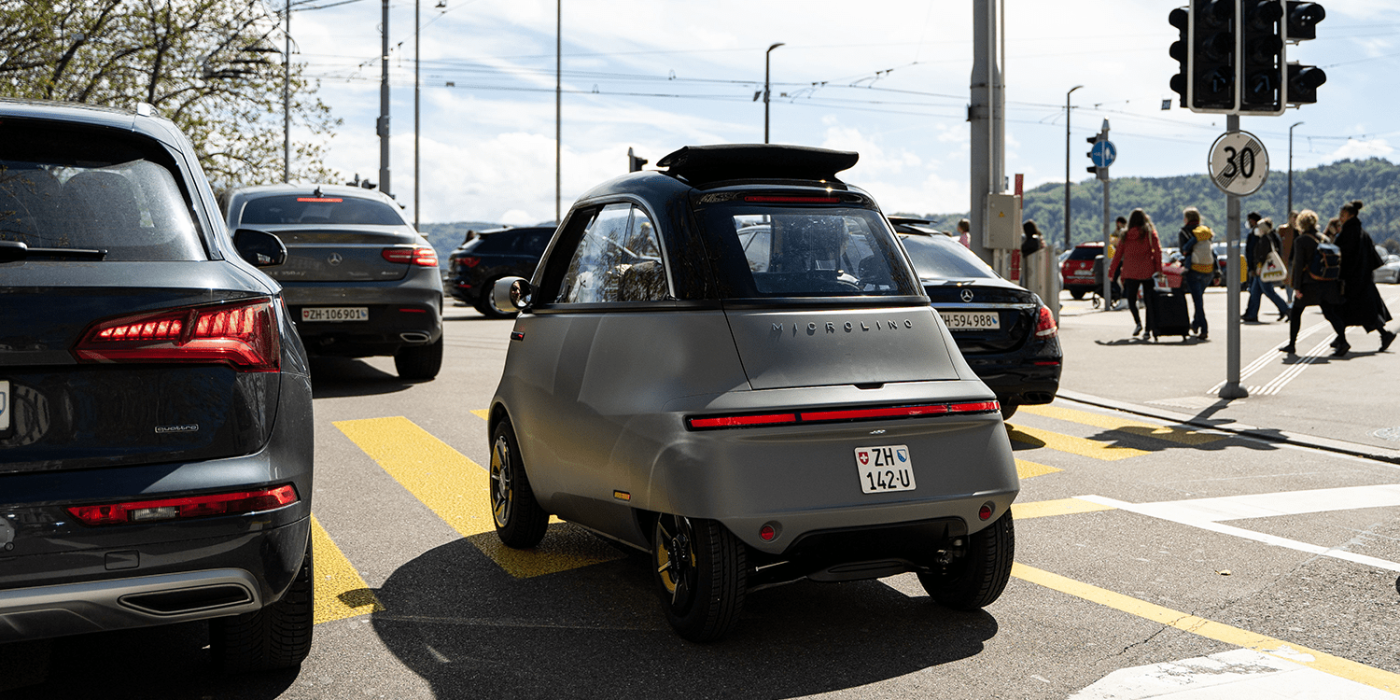
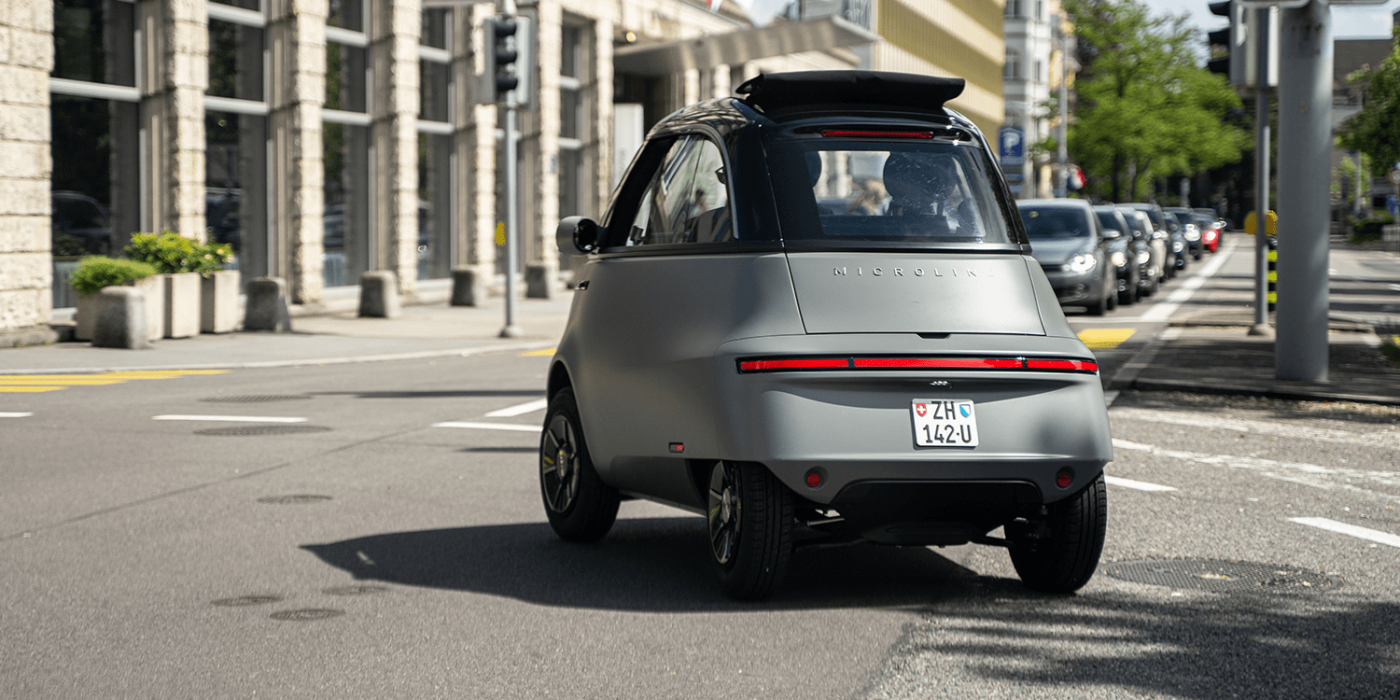
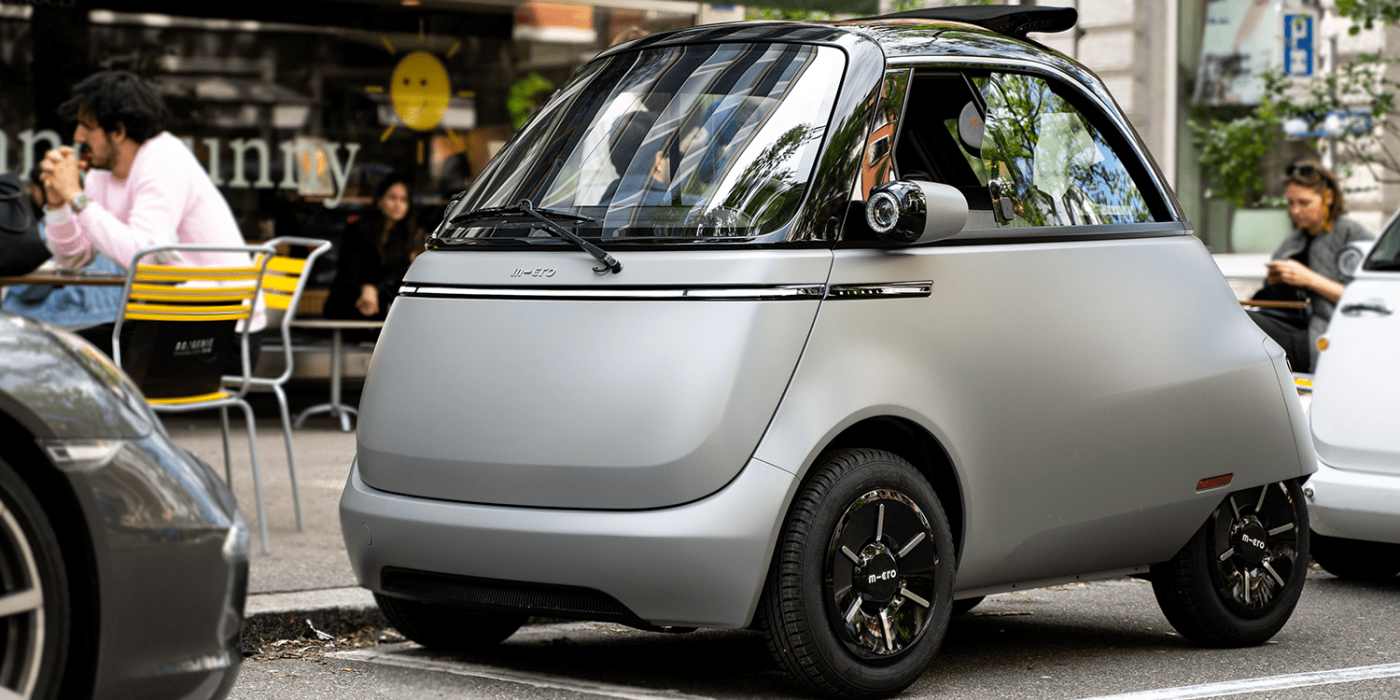
The revised design features of the Microlino 2.0 manifest themselves on the outside primarily in a front and rear LED light strip, an optional folding roof from MCTS and the elimination of door handles (instead a button below the headlamp), and on the inside in more space, a revision of the seats and a redesigned dashboard with now two digital displays. In addition, the doors now have a soft-close function when closing. Apart from minor details, all innovative design solutions of the prototype have been brought into series production, says an accompanying press release.
In response to “feedback from reservation holders”, the electric cabin scooter will also be launched in three different editions: Urban, Dolce and Competizione. The Urban Edition embodies “the essence of the Microlino as a simple but stylish vehicle”. It is therefore the entry-level variant, available in two exterior colours (Santorini White and Amsterdam Orange) and in two plain interior trims in black and anthracite fabric. The Urban variant comes with a closed coupé roof ex works, the folding roof is available at extra cost. The light bar is not illuminated throughout on this version.
The Dolce Edition comes with a retro touch and more striking colours. It is available in five colours and features chrome details. In addition to the white and orange of the entry-level version, there is a choice of three colours with a white roof: Paris Mint, Milano Red and Zurich Blue. The Dolce version adopts the front and rear LED light bar and offers two interior trim options with premium fabric and vegan leather materials to match the exterior colours. The folding roof is standard, but customers can also opt for a closed coupé roof at no extra charge.
The Competizione Edition features modern and futuristic styling, highlighted by subtle chrome details, matte body colours and a gloss black roof. Colour choices are limited to Gotham Anthracite, London Green and Torino Aluminum. Light bars are on board, as is a standard sunroof (the coupé roof can also be ordered here free of charge). Inside, the manufacturer also offers two trims with high-quality materials in fabric and vegan leather to match the modern exterior.
Configurator to go live shortly after IAA
Production of the electric two-seater is scheduled to start this year. “Shortly after the IAA”, the configurator will go live and prices for the first markets will be announced, Micro Mobility informs. The base price, however, is to remain at around 12,500 euros, although the cost of raw materials, electronic components and battery cells has risen significantly due to bottlenecks, it says.
As reported, Micro Mobility will produce the model itself. To this end, the Swiss have founded a new business unit for production in Italy with production partner CECOMP as a minority shareholder. The company already moved into a production facility in Turin in August. “With this set-up, we have the best of both worlds: We can better control our production costs and quality, while benefiting from CECOMP’s experience in vehicle production,” says Wim Ouboter. Production capacity is expected to level off at around 7,500 vehicles per year, with the possibility of further increasing the production rate.
In parallel, Micro Mobility says it is currently building up its distribution network and is in talks with several dealer groups for different markets. “We will be trying out different ways to sell this new type of vehicle and are open to partnerships with a wide range of companies,” says the company’s headquarters. It is already certain that the first deliveries will take place within Switzerland and that German customers will follow “shortly thereafter”. Later, the company wants to start sales throughout Europe.
Already 24,000 reservations for the Microlino
According to the company, reservations for the Microlino have now risen to over 24,000. Considering the planned production capacity of 7,500 units per year, reservation holders will have to be patient.
Meanwhile, Micro Mobility is presenting two further studies at the IAA. One is the design study of an e-moped called Microletta, which is based on the design language of the Microlino and also combines modernity with retro charm. The three-wheeled moped (two wheels in front, one in the back) has replaceable batteries for “over 100 kilometres of range” and 80 km/h top speed. The manufacturer says it is currently evaluating options to bring the Microletta into series production and is looking for partnerships to do so.
“The Microletta is more or less the little sister of the Microlino and is intended to close the gap in our product range between the e-scooter and the Microlino. The three wheels make the vehicle easy and safe to drive even for the inexperienced and should motivate people to switch to electric and light means of transport,” says Merlin Ouboter. Non-binding reservations are already possible. The price “will be around 4,900 euros”. Following a first online presentation in March 2020, 5,000 reservations are already said to have been made.
The second study is a prototype of the Micro Gladiator, a scooter specially designed for internal mobility with an extra-wide platform running board and three wheels (one in front, two in back). The vehicle can stand on its own, has a range of 60 kilometres and, in its production version, will be able to tow small trailers to transport goods, packages or other items. The first customers are expected to receive the Micro Gladiator in early 2022.
“We wanted to develop a safe and easy-to-drive vehicle for factories, corporate and university campuses and airports. Employees spend far too much time getting from A to B in large areas and that’s what we want to improve,” comments Wim Ouboter.
Micro Mobility Systems was founded in 1996 by Wim Ouboter in Küsnacht near Zurich and has been family-run ever since. In 2015, the development of the electric car Microlino started – coordinated by Wim Ouboter’s two sons Oliver and Merlin Ouboter.
Reporting by Cora Werwitzke, France.
Info via email

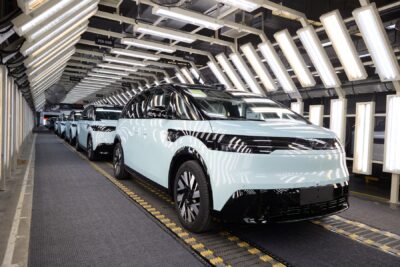
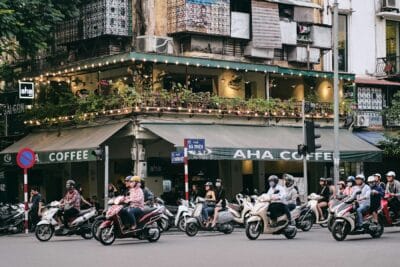
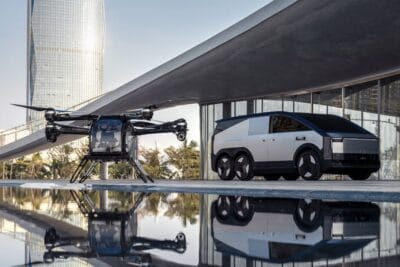
0 Comments